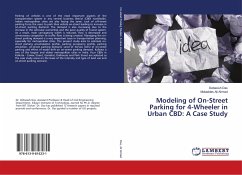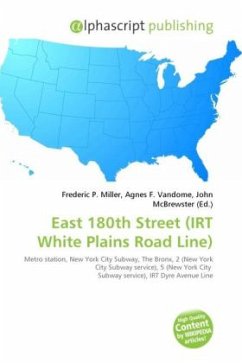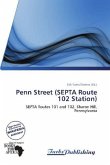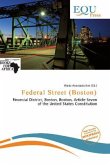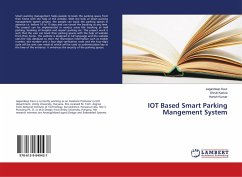Parallel parking is a difficult manoeuvre for
drivers. The aim of this research was to develop a
system to perform this manoeuvre autonomously,
requiring no driver input at all.
The stages of this development were analysis of the
kinematics of vehicles, the design of a simulator
and prototype robot to demonstrate parking and the
development of parking algorithms to achieve reverse-
parallel parking at or above the standard of the
learner drivers logbook.
Equations were derived to describe the motion of a
vehicle. These were tested in a flexible Matlab
simulation.
A remote control car was modified to be controlled
via command line inputs or uploaded control
law. A complete and successful set of laws has
been documented and used to demonstrate the
prototype robot in a parking scenario.
The final algorithms were able to successfully park
the vehicle utilising only an ultrasonic sensor and
encoders on the rear wheels. Calculations and
parking are performed in real-time, taking
substantially less time than a human driver would.
This was only possible due to development of a
highly optimised transform to analyse the sensor
data.
drivers. The aim of this research was to develop a
system to perform this manoeuvre autonomously,
requiring no driver input at all.
The stages of this development were analysis of the
kinematics of vehicles, the design of a simulator
and prototype robot to demonstrate parking and the
development of parking algorithms to achieve reverse-
parallel parking at or above the standard of the
learner drivers logbook.
Equations were derived to describe the motion of a
vehicle. These were tested in a flexible Matlab
simulation.
A remote control car was modified to be controlled
via command line inputs or uploaded control
law. A complete and successful set of laws has
been documented and used to demonstrate the
prototype robot in a parking scenario.
The final algorithms were able to successfully park
the vehicle utilising only an ultrasonic sensor and
encoders on the rear wheels. Calculations and
parking are performed in real-time, taking
substantially less time than a human driver would.
This was only possible due to development of a
highly optimised transform to analyse the sensor
data.


